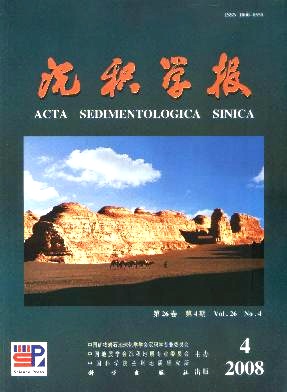Variations in Dust Event Reflected by Grainsize Component of Lacustrine Records in Droughty Area:a case study on Barkol Lake, Xinjiang, China
- Received Date: 1900-01-01
- Rev Recd Date: 1900-01-01
- Publish Date: 2008-08-10
-
Key words:
- Barkol Lake /
- Holocene /
- dust event /
- environmentally sensitive grainsize component
Abstract: Grainsize analysis of BLK1 section, retrieved from Barkol Lake, NW China, was carried out using a Malvern 2000 grainsize analyzer, and environmentally sensitive grainsize components can be easily identified according to the variations in the grainsize standard deviation. The results indicated that 45~170 μm grainsize component and its mean grainsize diameter are sensitive to the regional dust events in the study area, combined with the radiocarbon ages, the dust events during the last 9.4 cal ka BP was reconstructed.
During the last 2 000 years, strong dust events appeared at 240~440 cal aBP, 600~1 280 cal aBP and 1 400~1 800 cal aBP epochs, which are consistent well with the high values of raindust frequency and high contents of ions in Guliya Ice Core. During the last 9.4 cal kaBP, 8 000~8 300 cal aBP, 7 400~77 00 cal aBP, 6 500~7 000 cal aBP, especially during the middle Holocene epoch of 3 900~6 100 cal aBP, the regional dust events took place continually, which can contrast well with the microparticulate records in Guliya and Dunde Ice Cores. Lacustrine sediment in droughty areas is a good carrier which can denote the dust events during the historical period well, as the climatic variations has great regional characteristics, and so the environmentally sensitive grainsize components in some one section could not be used universally.
| Citation: | XUE Ji-bing. Variations in Dust Event Reflected by Grainsize Component of Lacustrine Records in Droughty Area:a case study on Barkol Lake, Xinjiang, China[J]. Acta Sedimentologica Sinica, 2008, 26(4): 647-654. |






 DownLoad:
DownLoad: